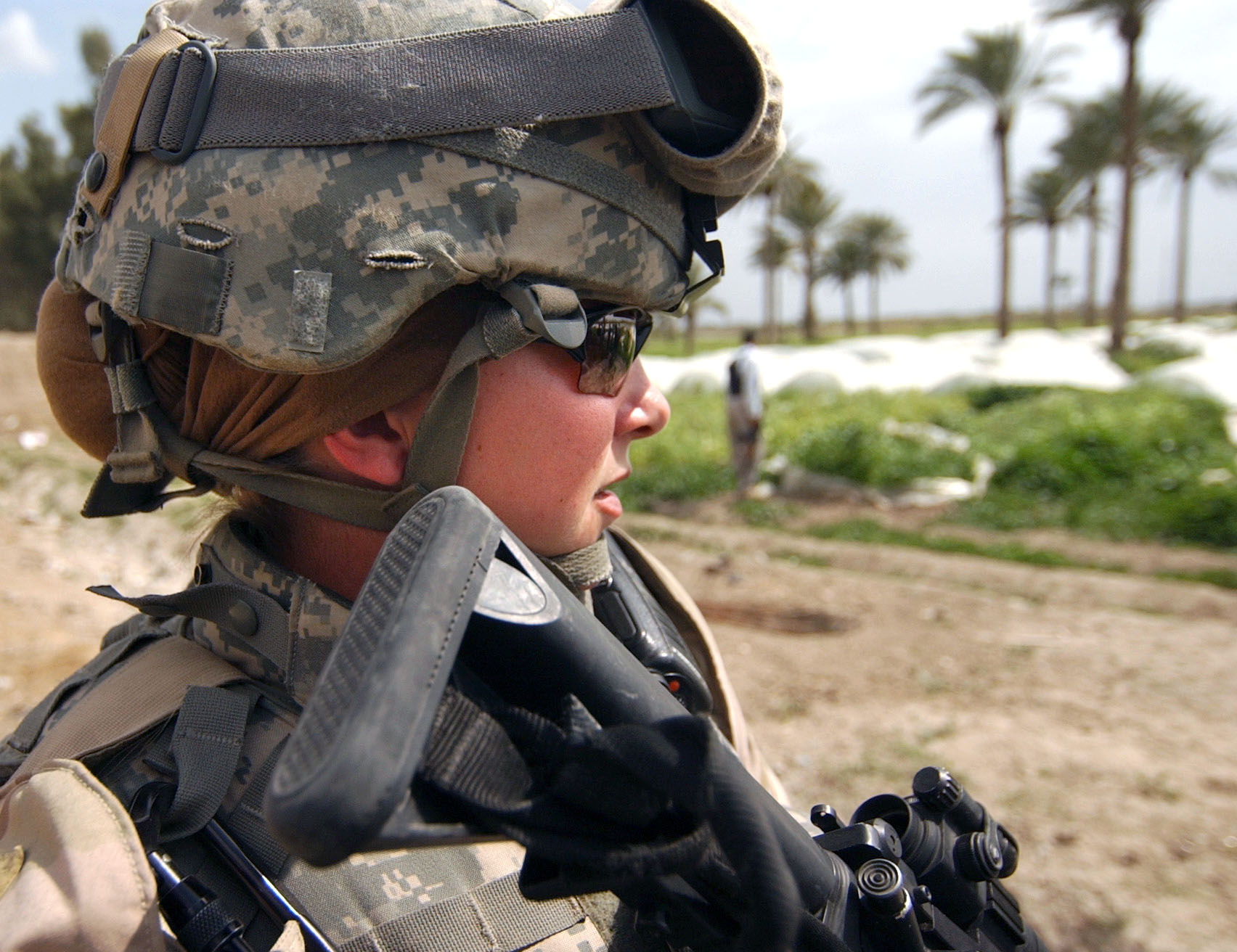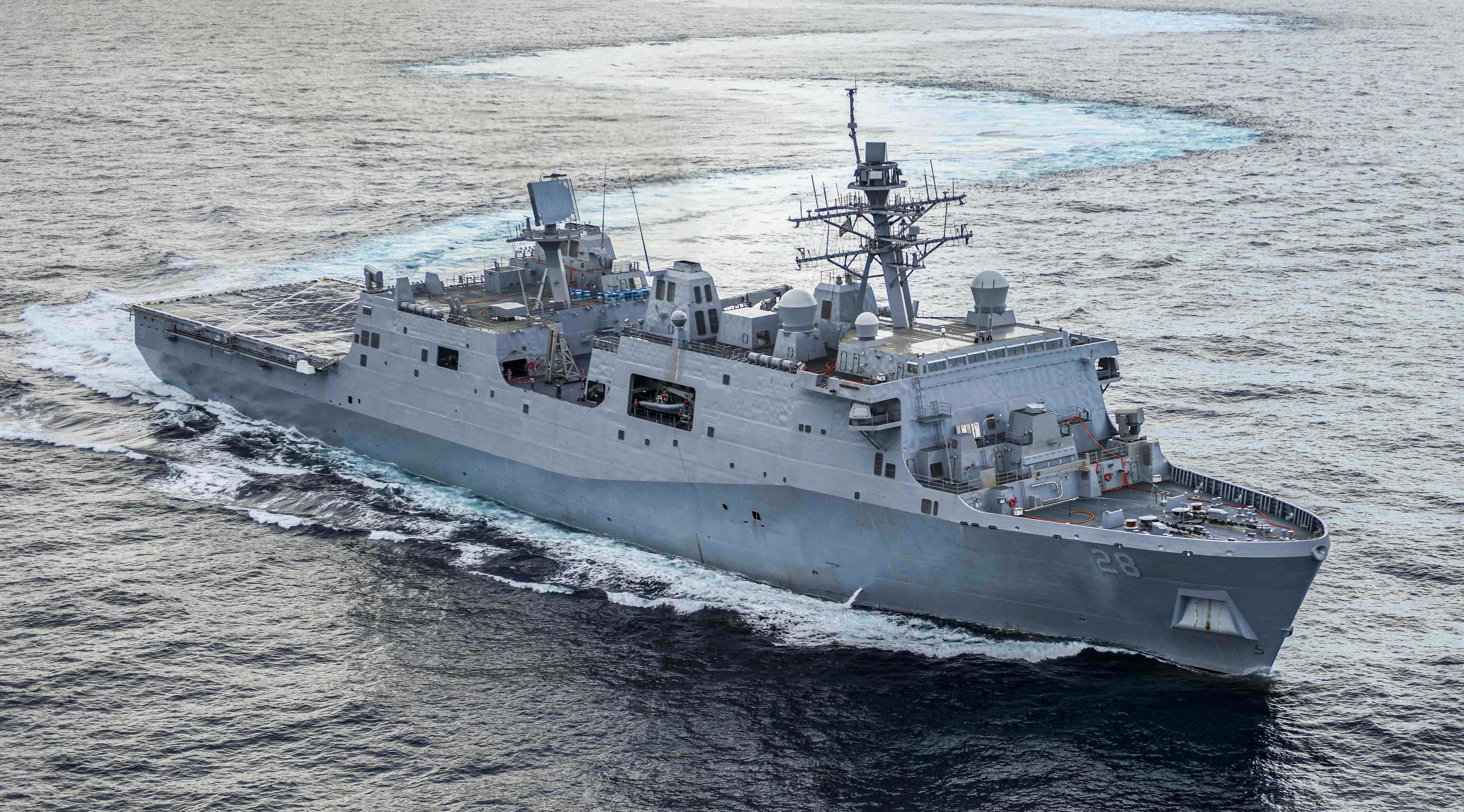
Setting standards and maintaining them, rather than establishing quotas for women in ground-combat units, was the consensus that emerged between the testifying service witnesses and members of the Senate Armed Services Committee on Tuesday.
“I want every Marine to succeed,” Marine Commandant Gen. Robert Neller said, as the Corps moves forward to implementation. “There’s a lot of pieces [still] to study” as the Marine Corps and the Army move to integrating women into all specialties in ground-combat units.
Sen. John McCain, (R-Ariz.), chairman, noted he supported the announcement of opening these positions to women but wanted to “do the right thing in the right way” in implementing yet not rushing decisions on how best to integrate females into what had been all-male units.
Following its own study, the Marine Corps had asked for an exception to some ground combat positions. The announcement on gender integration was made by then- Secretary of Defense Leon Panetta in 2013. About 250,000 military skills in every service and Special Forces are involved.
The Marines sought the exception based upon the performance of integrated units versus all-male units in a study conducted at the Marine Air-Ground Combat Center, Twentynine Palms, Calif., and Camp Lejeune, N.C. The all-male units performed at a higher level than integrated units in 69 percent of the 134 tasks evaluated, Neller told the panel.
Secretary of the Navy Ray Mabus, who several times during the hearing had to explain why he would not grant the Marines an exception going forward, said the integration of women in those combat positions was “putting policy in line with what already is reality.”
Later, he said the integration was “about equality of opportunity” and standards “have got to evolve for everybody” as threats change.
Mabus added that the nine-month study by the Ground Combat Element Integration Task Force “deconstructed every job” with the goal of examining how an individual’s skills would help Marines “to function better as a team.”

“Lowering standards would be unacceptable to every Marine,” he said.
There is a “tendency to equate warfighting capability with physical capability,” ranking member Sen. Jack Reed, (D-R.I.) said. He is a graduate of the U.S. Military Academy at West Point.
“Mean body mass has an impact on your ability to carry a load,” Neller said in answering a question later in the hearing about the study results. “There are things you can train to” and better conditioning can mitigate injuries to lower extremities, but there is a physiological dimension of being able to carry heavier loads, run faster, and so forth, that needs to acknowledged.
Neller said, in answering another a question about the study, “From what we can tell no one ever looked at [ground combat] in this way,” including interviews with Canadian, United Kingdom, Australian and Israeli military counterparts over gender integration. “We will see where the chips fall.”
“We have to be successful on the battlefield,” he added, and said he was “confident we will be in the future.”
Mabus said the Navy Department has a great deal of experience in gender integration. Using warfare qualifications in the submarine force as an example, he said, “Women earn their ‘dolphins’ at the same speed as the men do.” The Navy is now beginning to place enlisted women aboard attack submarines.
For Marines, Neller said, the Corps has learned much in opening up combat units to women. “The talent pool has expanded,” he said by having women serve in intelligence, communications and motor transport positions in infantry units.
Opening all positions in the services to women likely would lead to an increase in female recruits in joining the services without decreasing quality, the witnesses agreed.
When asked by Sen. Claire McCaskill (D-Mo.), whether women should be required to register with the Selective Service, Neller said, “Every American who is physically qualified should register for the draft.” Mabus said it was time for a national debate on the issue.
McCaskill said she favors having women register and that by doing so it could be seen as a career opportunity.
Although no women have yet graduated from the Marine Infantry Officer Course, Neller said, “There is no effort to deny anyone a chance to compete” for admission. Twenty-nine attempted the course. He added that Marine Corps recruiters have been told to look at increasing the percentage of women in the service from 8 percent to 10 percent.
Mabus said the Navy Department has sent its implementation plan to the secretary of Defense for his approval, but has not had a response. When approved, the plan is to be put into the field on April 1, but how quickly all positions would open is up in the air. Army Gen. Mark Milley, chief of staff, said that his service will need possibly three years to integrate women into all armor and field-artillery positions.





